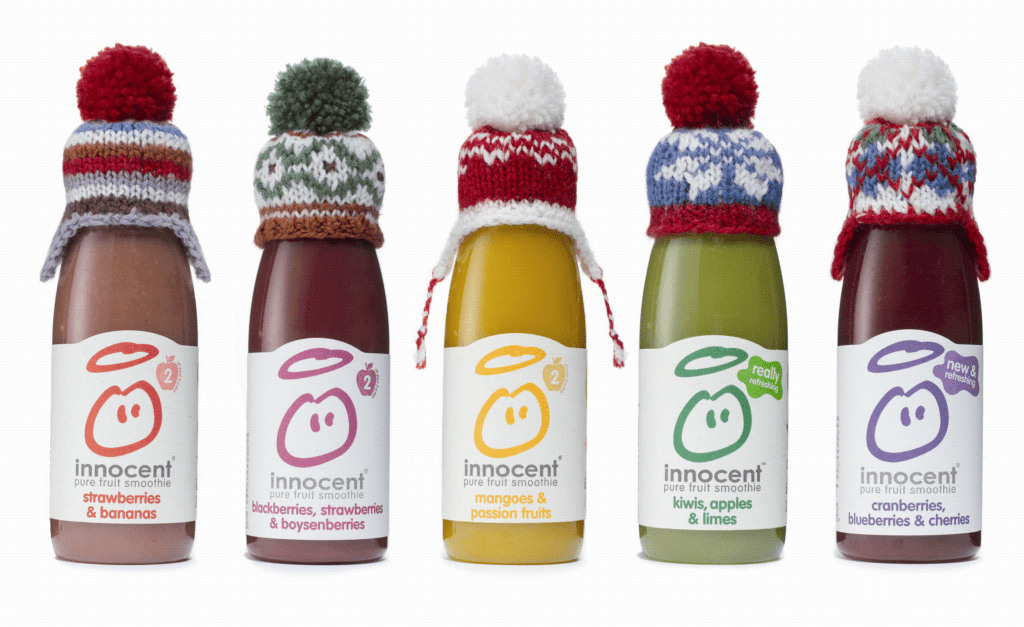When to Pivot a Brand

Changes cause pivots. Growth might indicate whether a brand should shift. If you can’t expand or scale, pivot.
Many well-established brands are created with certain consumers in mind, for specific purposes, or with particular qualities and benefits in mind. Unpredicted consumer and user behaviour, however, frequently proves to be the deciding factor. It’s possible that customers aren’t using your product in the way you planned, or they aren’t favouring the same features in your brand that you had anticipated.
There are many examples of companies whose goods or services were designed for one purpose but ultimately found their greatest success when applied to entirely another context.
The following are warning signs that it’s time to change course:
- Your company seldom takes any offensive steps and always seems to be on the defensive.
- Your company’s always behind. -When a company is progressing too slowly, a course correction may be in order. You may need to change your company strategy, source of income, or target market.
- Competitiveness – A bigger company with more resources and a wider audience may be able to create a similar but better service, despite the fact that your idea may seem novel and original. Your company’s identity should shift gears in this situation.
- Once distinctive, your product is now just one of many in the market and growth at your firm has stalled
- There’s been a significant cultural change that might have an impact on how your product is used (or not consumed as much).- Your firm may have hit a plateau if its growth rates decrease or even cease. Look at your company with an unbiased eye, and see if there’s anything you can alter.
- A certain factor picks up speed- If just certain parts of your business are thriving while others are struggling or moving slowly, you should put more resources into the prosperous areas and make big changes to (or even get rid of) the ones that aren’t. By honing in on what is successful, your company may boost output, effectiveness, and revenue.
- A new demographic of customers don’t seem interested in your product or service. Also, there is no reaction from the market – A lacklustre response to a product’s debut is not encouraging, and there’s only so much that advertising and public relations can do to turn things around.
- You’ve Evolved – After going into operation, your organisation may have new goals, a different vision, and a different set of core principles. The difference between reading about a field and actually working in it is night and day, and you may find out that there are more lucrative opportunities elsewhere and that your current path isn’t right for you.
Classic Pivots
- When it originally appeared, Twitter was called Odeo, and it served as a means for podcasters and their audiences to communicate. But then iTunes came along, and the company leaders realised they needed to change course or perish. So they changed tack, and now Twitter is one of the most widely used social networking sites in the world.

- Netflix is an organization that has changed direction several times, and not only to stay afloat, as Twitter has. Foreseeing the rise of high-speed Internet in private residences, Netflix foresaw the business model adjustment from DVD mail-ordering to online video streaming. So they made a U-turn, pouring resources into shifting their focus to become largely an online video streaming business. The firm then made a second pivot, investing extensively in establishing a TV and film production company after having difficulty acquiring and sustaining content-license arrangements with the big entertainment giants, who have generally failed to pivot.

- Sildenafil (Viagra) is the pharmaceutical industry’s preferred name for the drug. At first, it was intended to treat cardiovascular issues including high blood pressure and chest pain. Although the medicine performed poorly in phase 1 clinical trials, an unanticipated adverse effect was seen in male test participants. A few years later in 1998, the medicine became an instant sensation as a cure for erectile dysfunction.

- Coca-Cola. It was initially developed to treat headaches and anxiety as a substitute for morphine. John Pemberton, the man responsible for creating Coca-Cola, was a Confederate war veteran who, after being injured, became addicted to morphine. A sweet alcoholic beverage flavoured with coca leaves, Pemberton’s French Wine Coca was his first major innovation. It took another two decades to take the alcohol out of the formula before it could be perfected, carbonated, and sold as what it is today.
My opinion is that a pivot shouldn’t be considered that cool. It actually represents a failure in finding out, first, what the customer needs and, second, what will be attractive and liked. But again why no to opportunities?
Reference
https://medium.com/steveglaveski/an-staaethe-top-10-company-pivots-of-all-time-adfd049c99c0
https://fi.co/insight/what-pivoting-is-when-to-pivot-and-how-to-pivot-effectively



